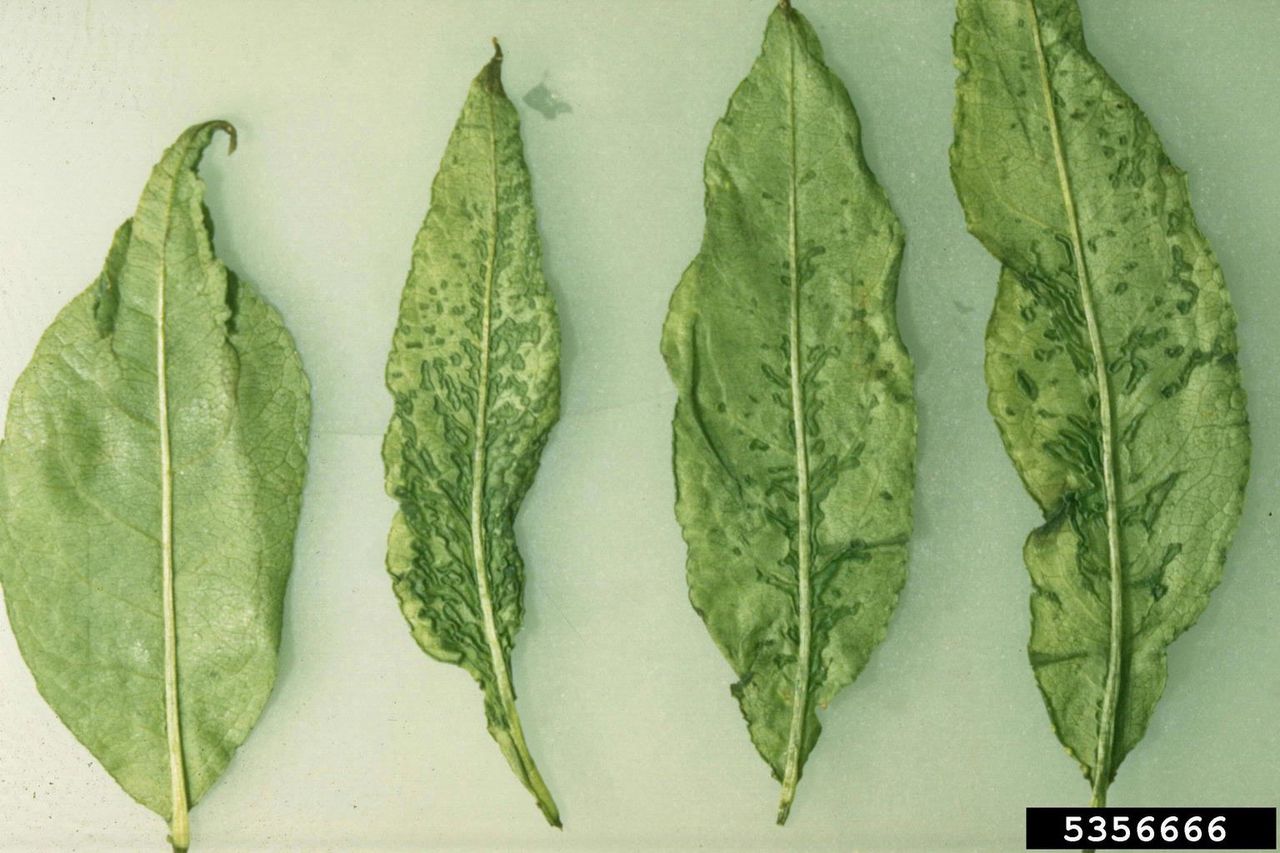Cherry Rasp Leaf Control: Tips For Treating Cherry Rasp Leaf Virus


Cherry rasp leaf virus is a potentially fatal condition in fruit trees. The usual cause for this virus is the plant-feeding dagger nematode. If you have cherry trees, you should learn more about cherry rasp leaf disease. Read on for information about its symptoms and tips for treating this leaf disease.
About Cherry Rasp Leaf Disease
Rasp leaf disease in cherry trees often enters an orchard on plant material. This happens when the material is infected with the virus through contact with the dagger nematode (Xiphenema spp). The cherry rasp leaf virus can also move through an orchard in soil that contains the nematode.
It can also show up on other hosts of the cherry rasp leaf virus, like dandelions and elderberry. Seeds from any infected plants can carry the virus to new locations. This particular leaf disease may be transmitted by grafting as well.
The virus is harmful to your cherry tree and the subsequent cherry harvest. It can reduce the tree’s health and growth as well as your cherry production. It also causes the cherries to grow in a flattened shape.
Cherry Rasp Leaf Symptoms
How do you know if your cherry tree is infected with the cherry rasp virus? The disease has some very distinctive symptoms.
The primary cherry rasp leaf symptoms are called enations. They are raised projections located on the undersides of the cherry leaves, between lateral veins. They look like leafy outgrowths. The raised bumps deform the leaves.
If you see extremely narrow, folded, and distorted leaves, these are symptoms of cherry rasp leaf disease. Often, the low branches are affected first and the disease spreads slowly up the tree.
Gardening tips, videos, info and more delivered right to your inbox!
Sign up for the Gardening Know How newsletter today and receive a free copy of our e-book "How to Grow Delicious Tomatoes".
Cherry Rasp Leaf Control
The best method of control for this virus is prevention. Treating cherry rasp leaf virus in an infected tree is very difficult to do successfully. Instead, you should use cultural controls to protect your cherry trees from becoming infected.
Perhaps the most important step in prevention is to always plant stock that is free of viruses. Controlling the nematodes is also vital.
Once you find that a tree has been infected, you cannot save it. Don’t just cut it down, as it must be removed from the property and disposed of.

Teo Spengler is a master gardener and a docent at the San Francisco Botanical Garden, where she hosts public tours. She has studied horticulture and written about nature, trees, plants, and gardening for more than two decades. Her extended family includes some 30 houseplants and hundreds of outdoor plants, including 250 trees, which are her main passion. Spengler currently splits her life between San Francisco and the French Basque Country, though she was raised in Alaska, giving her experience of gardening in a range of climates.
-
 How To Grow Strawberries From A Strawberry: All You Need To Cultivate Yummy Fruits
How To Grow Strawberries From A Strawberry: All You Need To Cultivate Yummy FruitsYou may know how to grow strawberries from small plants or runners – but what about growing from the fruit? Here we show you how to grow strawberries from a strawberry
By Mary Ellen Ellis
-
 Best Tomatoes For Containers: 10 Tastiest Varieties For Plentiful Produce In Compact Areas
Best Tomatoes For Containers: 10 Tastiest Varieties For Plentiful Produce In Compact AreasThese are the best tomatoes for containers that prove you don't need to have a large space or elaborate garden to grow delicious produce.
By Bonnie L. Grant